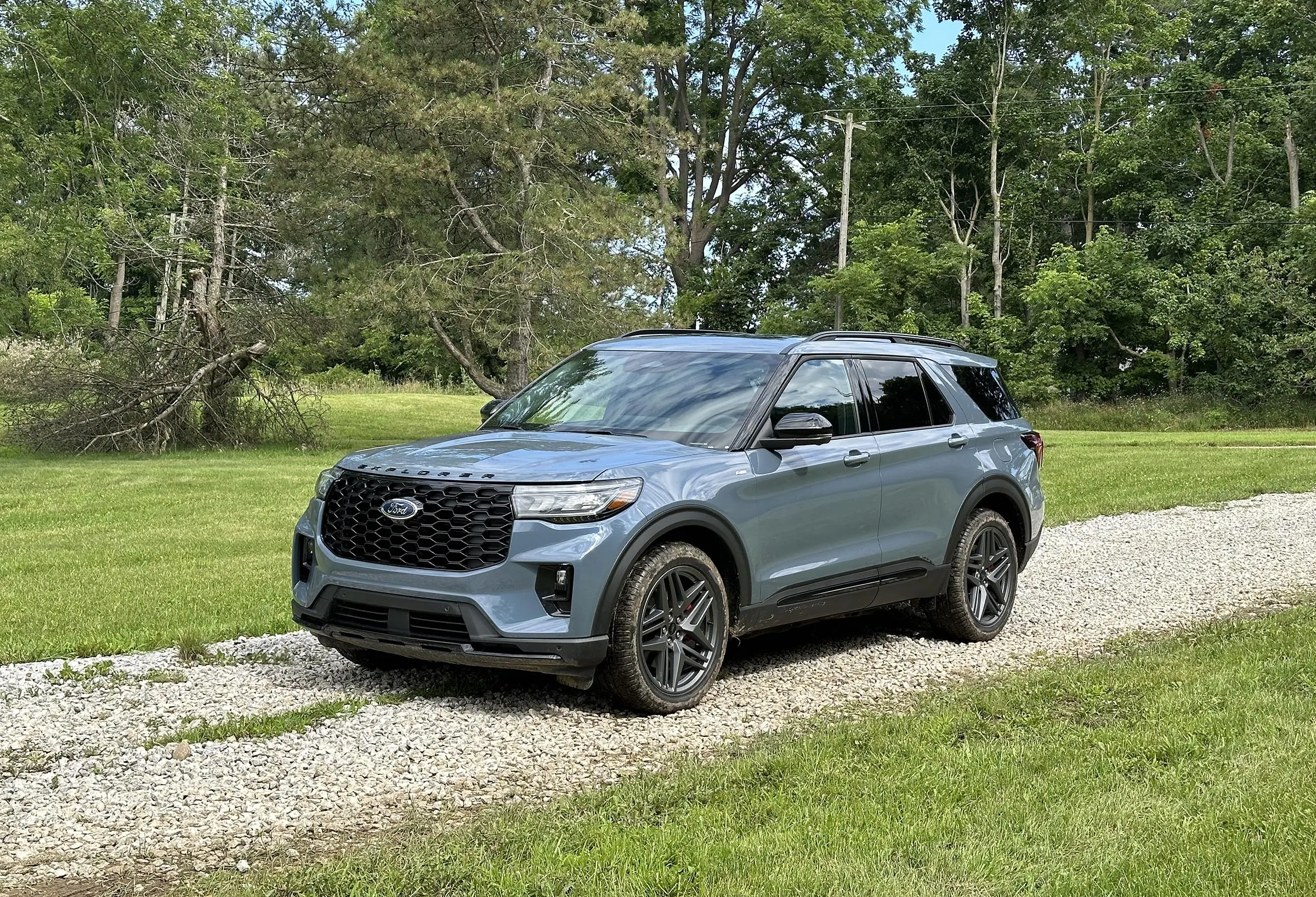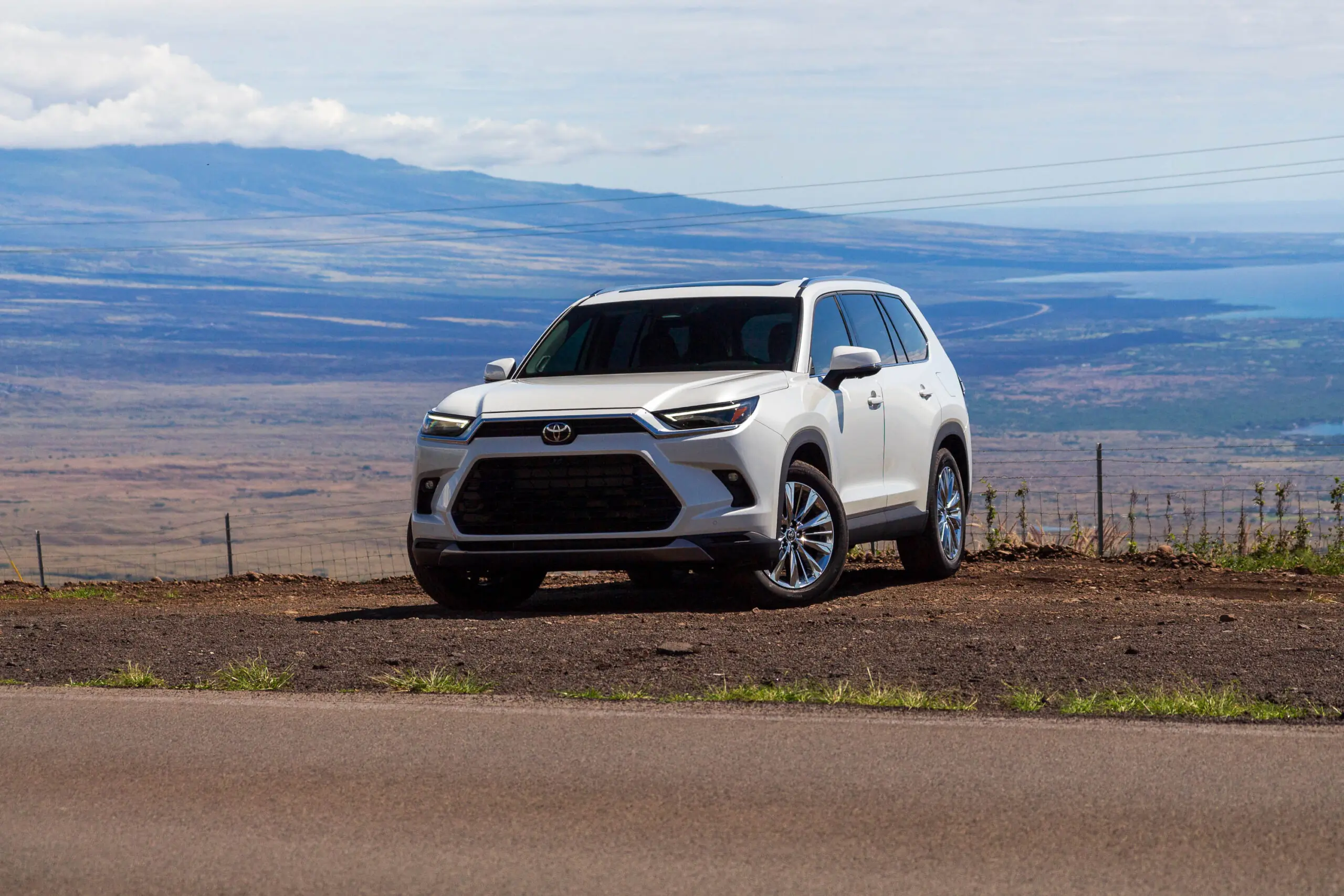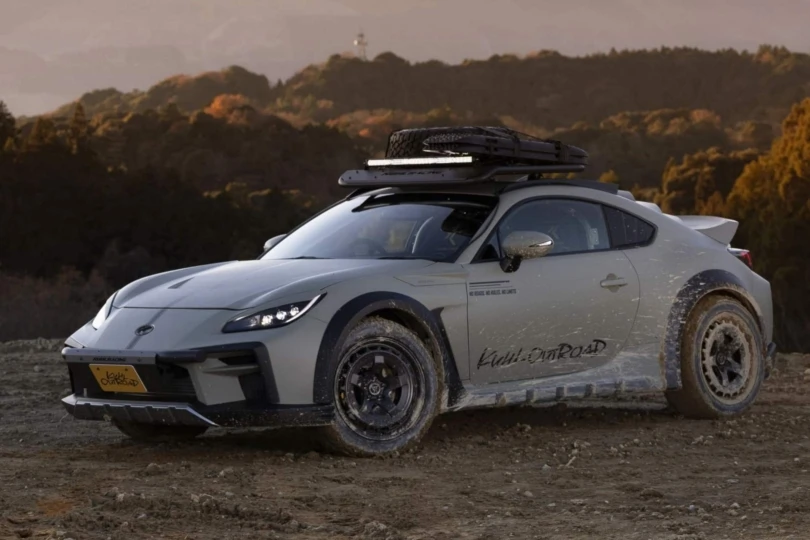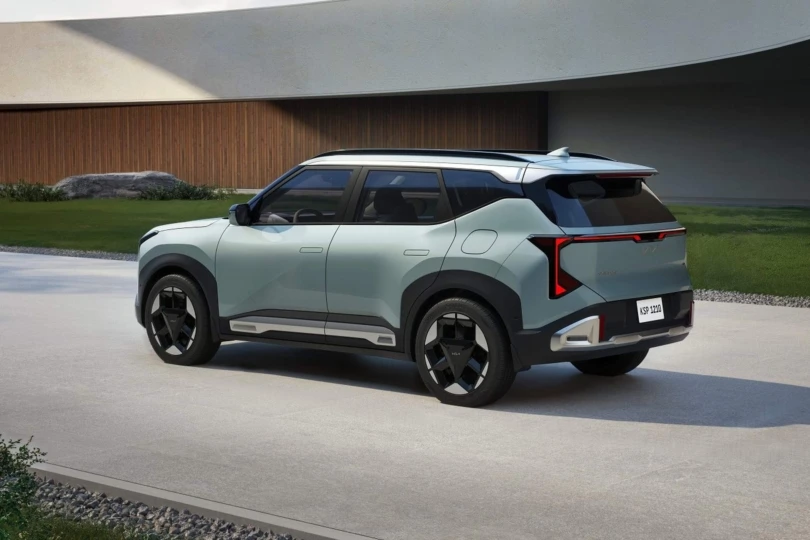Few products have had a bigger impact on the U.S. automotive market. Designed to replace the original Bronco, the Ford Explorer convinced millions of Americans to trade in their sedans, coupes, and hatchbacks for sport-utility vehicles. Since its 1990 launch, more than 8 million have been sold, making Explorer the best-selling SUV in U.S. history.
Thirty-five years later, Explorer has migrated from a classic, truck-like design based on a body-on-frame platform to a more aerodynamic look and a car-like unibody platform. Buyers today have a wide range of trims and options to choose from, including rear- and all-wheel-drive, and everything from the base “Active” model to the lavishly equipped Explorer Platinum.
In short: With the launch of the 2025 Explorer, Ford adds a variety of new features, with an emphasis on technology. It’s still designed for those who “have the propensity to get off the beaten track,” as marketing manager Matt Duffield suggested. But as long as you’ve got reception, it will also let you stay in touch — even drop in on a WebEx meeting, as I discovered during a drive of the newly updated SUV.
- Powertrain: 2.3L EcoBoost Inline-4
- HP/Torque: 300 hp/310 lb.-ft.
- Transmission: 10-speed automatic
- Fuel economy: AWD – 20 city/27 highway/23 combined, RWD – 20/29/24
- Towing: 5,000 lbs. (both base and optional engines)
- Engine upgrade: 3.0L V-6, 10-speed automatic; 400 hp/415 lb.-ft.
- Fuel economy V-6: AWD- 18/25/21, RWD- 18/25/21
Pros
- Roomy, newly updated 3-row interior
- Plenty of power
- Good towing capability
- Lots of useful new technology
Cons
- Higher trim levels aren’t cheap
- Too many controls moved to the touchscreen
- Base engine is a bit sluggish and noisy
2025 Ford Explorer Review

Explorer got its last major update for 2020 and the new 2025 model is a classic mid-cycle update. There are the requisite design tweaks — including a revised grille, new head and taillights, and an updated dash layout — giving the big SUV a bolder, more appealing look and feel.
For 2025, Explorer gets a number of new standard features, such as the trailer tow package and twin digital displays — a 13.2-inch touchscreen and a 12.3-inch gauge cluster.

The lineup has also been simplified, with models like the Limited, King Ranch, and Timberline culled from the list. For 2025, the Ford Explorer will be offered in just four trims: Active (the new base model), sportier ST and ST-Line, and the lavishly appointed Platinum.
Some Things Never Change




I spent a day behind the wheel of two different versions of the 2025 Ford Explorer, starting out with the Platinum edition on a trip to Hell and back. That’s Hell, Mich., a quaint dot on the map that earned its name as home to a favorite drinking hole for local farmers. The name remains appropriate, as it has some of the most challenging roads you can find within a couple of hundred miles.
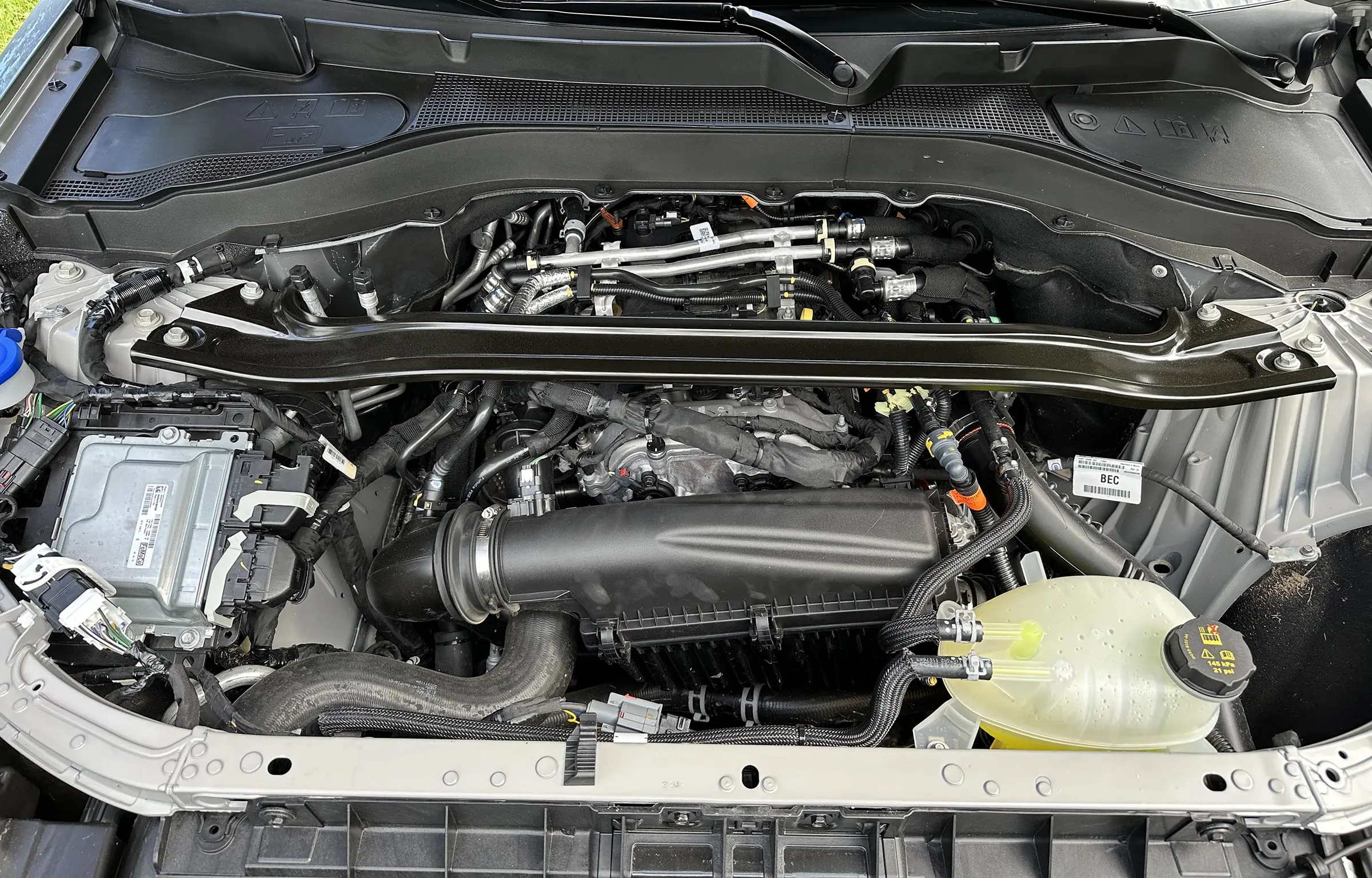



My test model was equipped with the upgraded engine package, a 3.0L V-6 paired with a 10-speed automatic. The engine makes a solid 400 horsepower and 415 pound-feet of torque and can occasionally overpower the back wheels.
Something I quickly discovered making a hard launch with the rear-drive version of the SUV. Once moving, however, the six-cylinder EcoBoost package was responsive and quick, hitting 60 in just under 5 seconds — about a second faster than the smaller 2.3L engine.
On the whole, the 2025 Explorer retains the confidence-inspiring feel of the outgoing SUV — no surprise, considering there’ve been no powertrain or suspension changes mid-cycle. My Platinum edition delivered a smooth and comfortable ride, absorbing all but the harshest bumps on Hell’s rough roads. As always, the emphasis is on “utility,” rather than “sport,” but it handled corners deftly, with only a modest amount of body roll.
Solid Off-Road Manners




The original Explorer won raves — and millions of buyers — by delivering the sort of on- and off-road capabilities you couldn’t get with a sedan or coupe. There were those who questioned the automaker’s decision in 2021, with the debut of the fifth-generation model, to switch from body-on-frame to a unibody design. By then, however, it was already apparent that crossovers could match the off-road manners of all but the most rugged, classic SUVs.
Explorer was no exception. Now, to be realistic, few buyers challenge the big Ford by taking it out to Moab or the Rubicon Trail. But, for the vast majority of owners, it will readily handle the worst you can throw at it, as I discovered taking out an ST-Line model on a moderately challenging trail through the backwoods of Chelsea, Mich.
This tester was equipped with the all-wheel-drive version of the 2.3L EcoBoost, but it still had more than enough grunt to handle the trail’s rougher portions, handily negotiating mud and ruts, as well as a few tougher obstacles. I’m hoping to take this trim package out again sometime soon to throw it on some even more challenging trails.
On the Autocross
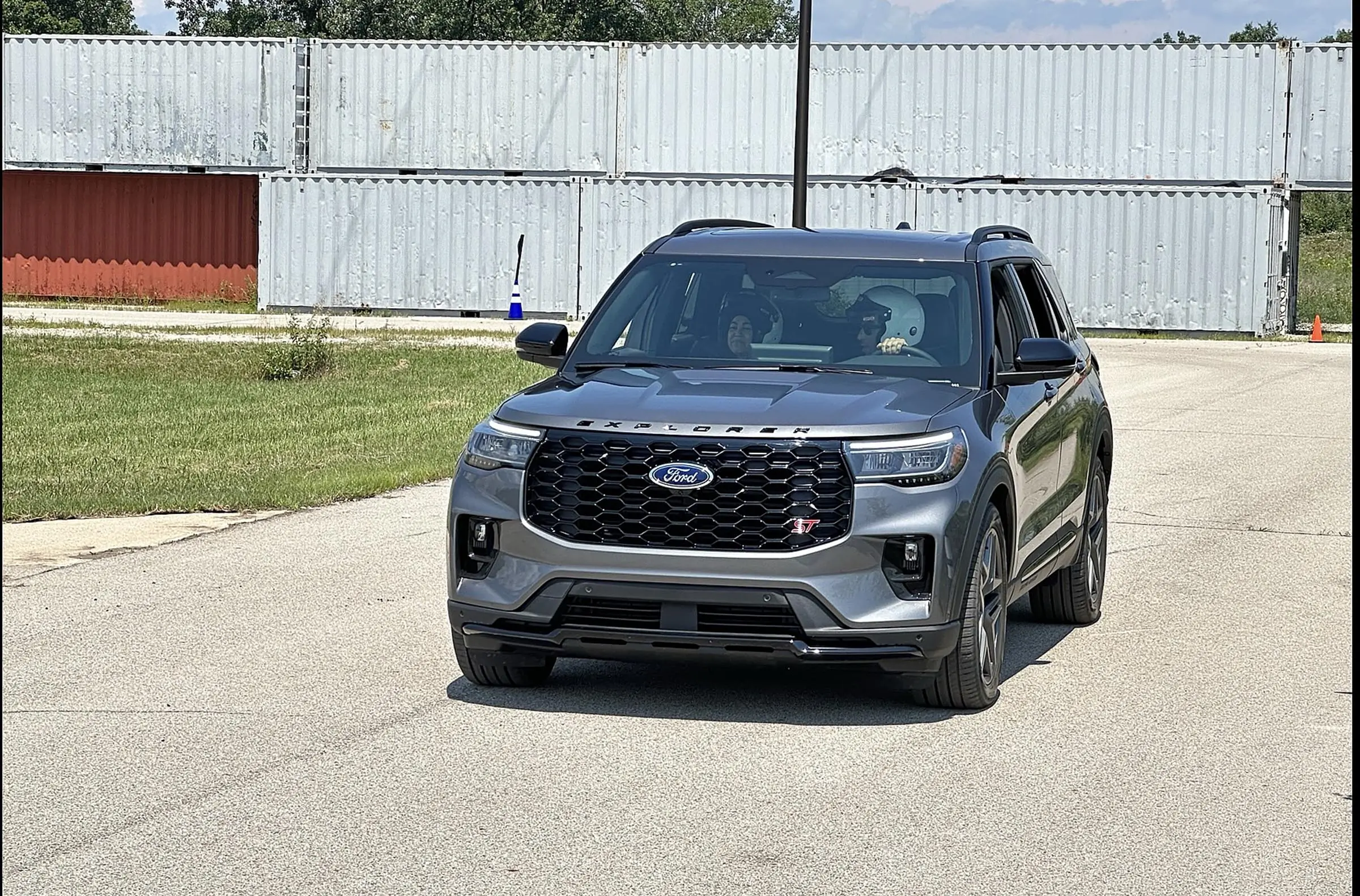



Ford offered a chance to challenge the 2025 Explorer on an autocross, the sort of situation you might not expect to see such a big SUV in. Surprisingly, it proved nimble enough to flog around without killing more than an occasional cone. I’d not recommend trying this out with the family onboard, however.
For this experience, I went to the American Center for Mobility, a test facility primarily used for the development of autonomous vehicle technology. The trip gave me a chance to see how Ford’s updated BlueCruise system works. It’s a technology that can be used hands-free on roughly 200,000 miles of limited-access U.S. and Canadian roadways. The latest revision, v1.2, allows you to execute lane changes simply by tapping the turn signal.
BlueCruise is an impressive piece of tech, and a useful one when on long trips. Frankly, I don’t find it quite as smooth as General Motors’ competing Super Cruise, however. And, GM’s system operates on several times more roadways, including some two-lane stretches.
Lots More Tech




For 2025, the Ford Explorer comes standard with the BlueCruise technology. Buyers can sign up for monthly or annual subscriptions, $75 or $700, respectively. Those still unsure can check the system out with a 90-day trial.
The updated, sixth-generation Explorer puts plenty of technology at a driver’s fingertips, a fair bit of it standard on even the entry-level Active model. Along with the BlueCruise system, that includes Explorer’s twin digital screens. Even if you opt out of BlueCruise, standard gear includes the Co-Pilot360 Assist, which helps keeps you centered in your lane.
There’s active cruise control and a wide range of standard driver assist systems, such as blind-spot warning, emergency auto-braking, front and rear cross-traffic braking, and evasive steering assist. As you move up the trim ladder you’ll find still more gear, including a Bang & Olufson audio system feeding 980 W in 14 speakers.




But the big news is the new Ford Digital Experience. The 2025 Explorer migrates to a Google-based “built-in” operating system. It adds a wide range of new software and apps, including WebEx video conferencing. When you’re driving you’ll lose the video but continue to have audio access.
Explorer is one of the first vehicles to upgrade to 5G connectivity for its infotainment system and built-in Wi-Fi hotspot. Though you may find less reason to use them now, the SUV retains Apple CarPlay and Android Auto capabilities, as well as Amazon Alexa.




2025 Ford Explorer Review Wrap-Up
Three decades ago, Explorer had the market almost entirely to itself. The 2025 Ford Explorer has plenty of competition from products like the Jeep Grand Cherokee L, Hyundai Palisade, Kia Telluride, and the newly updated Toyota Grand Highlander.
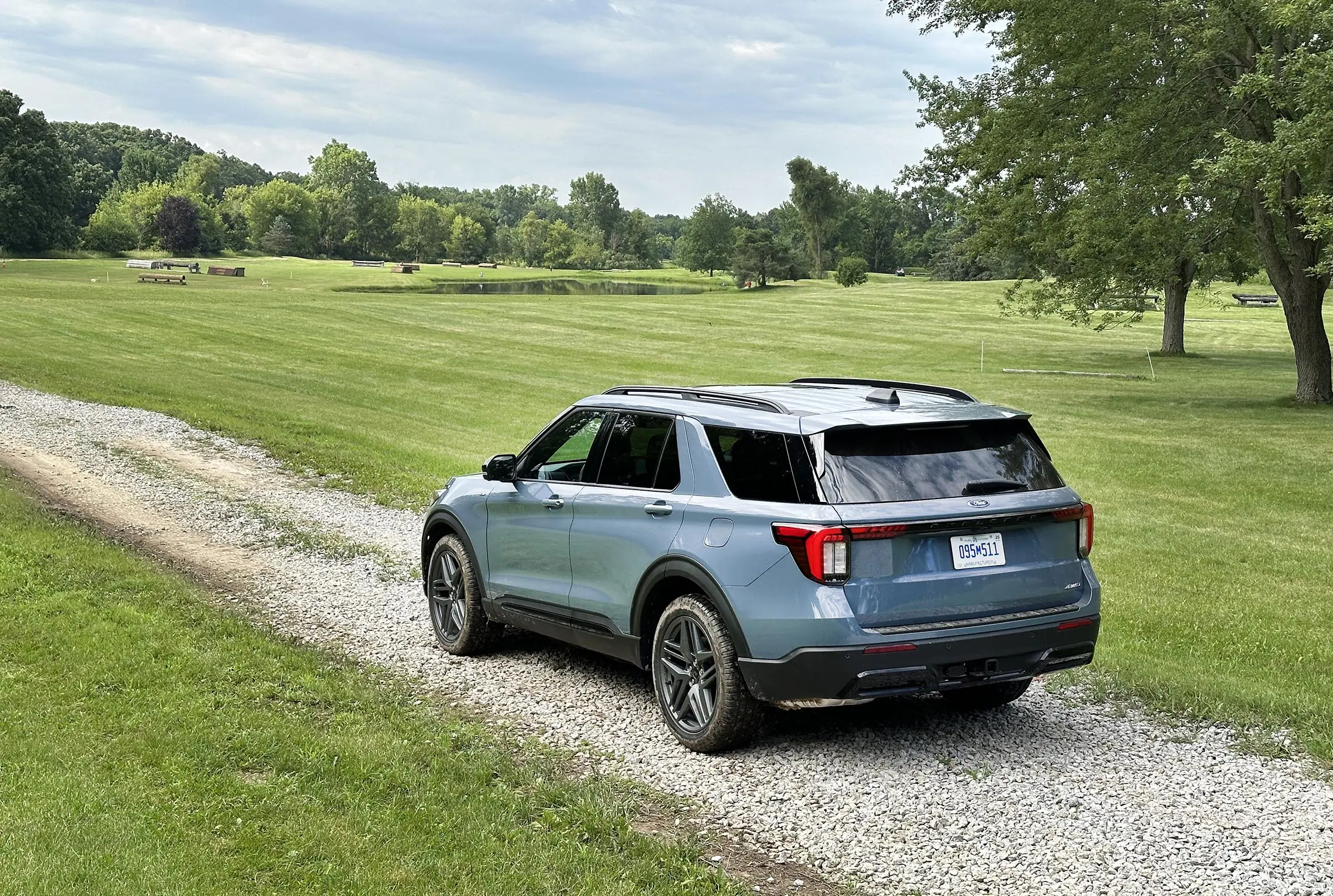



The 2025 Explorer has its weak points. The interior gets a nice upgrade but isn’t a segment benchmark. And it’s by no means the bargain option, especially now with the lowest-priced package, the Explorer Active, starting at $41,350. The ST-Line model I drove came in at $54,035, while the Platinum tester was $57,875 — both including options and $1,595 in delivery fees.
But there are plenty of things to like about the updated, sixth-gen SUV, especially with the sportier turbo-six engine. It’s peppy, capable, and attractive. And there are plenty of new touches.
The mid-cycle update should help Ford retain loyal owners and win over new buyers drawn to the expanded list of standard features and new technologies.

